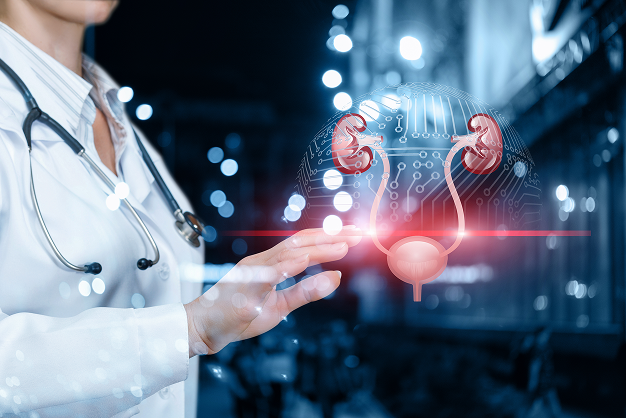
Urology
Male Sexual Dysfunction and Infertility: Causes, Symptoms, and Treatments
October 2025

Urinary tract infections (UTIs) are a common medical condition that can affect people of all ages and genders. These infections occur when bacteria enter and multiply in the urinary system, causing a range of symptoms and discomfort. Understanding the causes, symptoms, treatment options, and prevention of UTIs is essential for maintaining urinary health and overall well-being. In this article, we will explore UTIs in detail and provide guidance on managing and preventing them.
Understanding Urinary Tract Infections
The urinary tract is the body's drainage system for removing waste and excess water. It includes the kidneys, ureters, bladder, and urethra. A UTI can occur in any part of the urinary tract, but most commonly affects the lower urinary tract, which includes the bladder and urethra.
Causes of UTIs
The majority of UTIs are caused by bacteria, typically Escherichia coli (E. coli) that normally resides in the colon. Other factors that can contribute to UTIs include:
Symptoms of UTIs
The symptoms of a UTI can vary depending on which part of the urinary tract is affected, but common signs include:
Treatment of UTIs
Treatment for UTIs typically involves a course of antibiotics to eliminate the infection. The choice of antibiotic and duration of treatment depend on the severity of the infection and the specific bacteria causing it. Patients are encouraged to complete the entire antibiotic course even if their symptoms improve to ensure the infection is fully eradicated.
Prevention of UTIs
Preventing UTIs is crucial for maintaining urinary health. Some key preventive measures include:
Urinary tract infections are common and can cause significant discomfort and health issues if left untreated. If you suspect a UTI, seek prompt medical attention to receive appropriate treatment. By practicing good hygiene, staying hydrated, and taking preventive measures, you can reduce the risk of developing UTIs and enjoy better urinary health and overall well-being.

Urology
October 2025